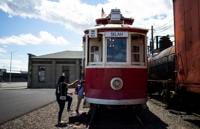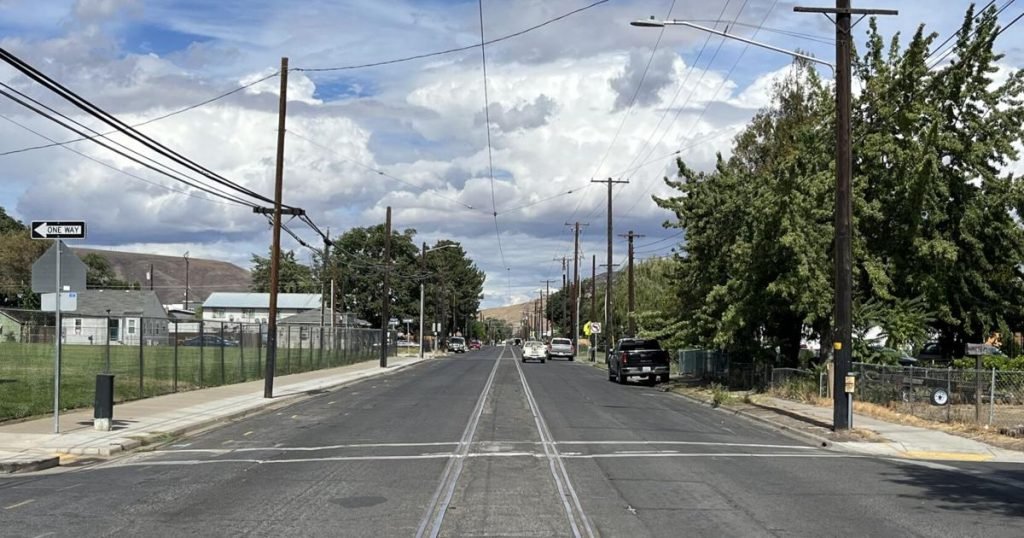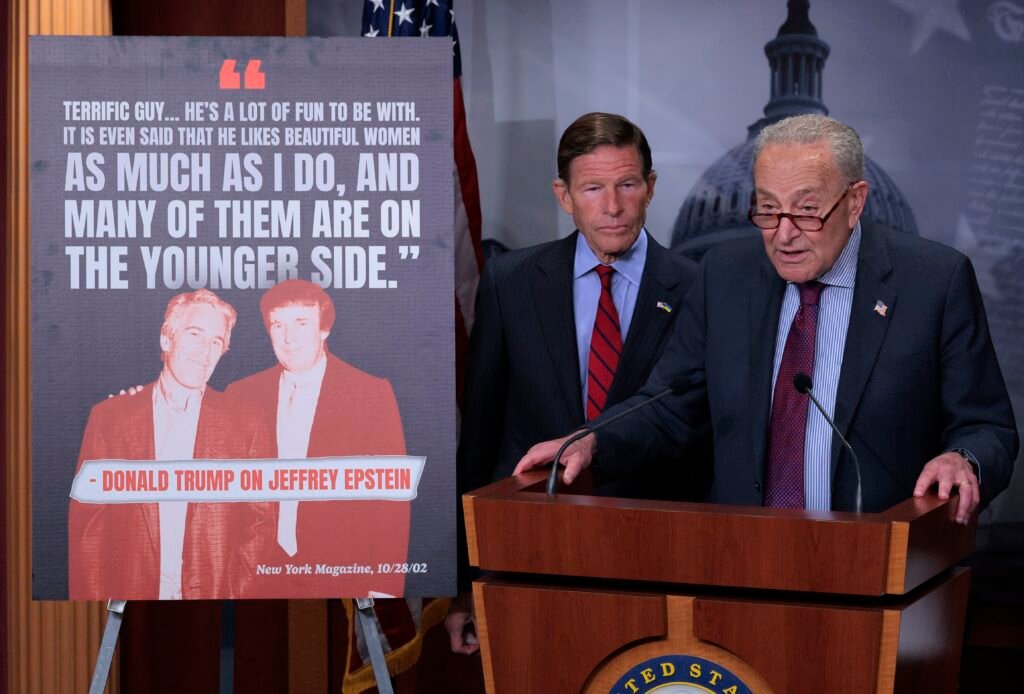Dozens of Yakima residents gathered at Garfield Elementary School Thursday evening to discuss the future of 6th Avenue and the trolley line that runs along it.
The city is developing a plan for the 6th Street renovation and asking residents for their input as it prepares to rebuild the 1.5-mile road through downtown Yakima. Residents have been focusing on the road and the infrastructure along it, including the William O. Douglas Trail and the Yakima Valley Trolley tracks.

A map of 6th Avenue where the renovation work will take place.
City of Yakima
Many of their comments focused on trolley buses, which have been operating in Yakima for more than 100 years.
City and HLA Engineering crews were on site “to get residents' input on what the road will look like,” Community Development Director Bill Preston said.
Engineers and planners will take feedback from the first open house and present more refined concepts at another open house in November, after which public feedback and detailed plans will be presented to the Yakima City Council, Preston said.
He added that construction wouldn't begin until 2026 or 2027 and the project would be funded through the Transportation Assistance District's $20 local vehicle tax.
Residents who were unable to attend the open house can share their thoughts in a survey. Spanish or English Until October 20th.
concept
Yakima residents were presented with three visions for 6th Avenue. The renovation would run from West Walnut Street near Davis High School to River Road, passing through commercial, residential and industrial areas.
These three concepts include design elements for a variety of areas in addition to the expansion of the William O. Douglas Trail.
• Concept 1 is most similar to the current 6th Avenue but would expand sidewalk and trolley space and add pedestrian buffer strips along sidewalks in commercial areas, at an estimated cost of $12.8 million.
Concept 1 – 6th Avenue Renovation
• Concept 2 would also keep the trolley tracks in place, but would make traffic one-way on Sixth Avenue and Fifth Avenue between Lincoln Avenue and Fruitvale Boulevard and expand the sidewalk buffer on that residential street. Concept 2 would cost about $13.2 million.
Concept 2 – 6th Avenue Renovation
• Concept 3 would have no trolley tracks and would be significantly cheaper at $7.5 million.
Concept 3 – 6th Avenue Renovation
HLA staff say none of the options are set in stone and all work with multiple modes of transportation.
“The city has no preconceived ideas about what this corridor should look like,” said Michael Ullman, project manager for HLA. “The city wants to hear from Yakima residents about what's important to them.”
So what do people think?
Much of the open house attendance was focused on the trolley after the Yakima Valley Trolley asked for support in a Facebook post.
One 6th Avenue resident, who did not want to give her full name, said she remembers riding the trolley as a child and waving as it passed by her house. She pointed out the trolley's historical significance and said it's something the city should preserve.
West Valley elementary school student Amelie Fair recalled riding the trolley to Serra several years ago.
“We love the trolley,” she said.
Other residents are concerned about the cost of the project. Yakima resident Omar Meza said he hopes the city saves the money and uses it to improve other roads. He reeled off a laundry list of roads in Yakima that need more sidewalks.
He supported Concept 3, which involves cutting costs and removing the trolley tracks, which would save the city at least $5 million, according to estimates provided by the HLA.
Omar Mesa's niece, Jacqueline Mesa, agreed with her uncle. She said she would like to see more parking and pedestrian space on Sixth Avenue, and that the trolleybus history could be observed and celebrated in a museum.
“A lot of people are worried about the tax burden,” she said. “I really support option 3.”
Still, trolleys weren't the only concern. Tom Robinson, who works for Yakima's new Active Transportation Coalition, wanted more consideration for cyclists.
The William O. Douglas Trail extension would provide a bike path to connect to the Yakima Greenway, which Robinson said should have been considered from the start, and he would like to see an asphalt path that is easy for bikes and wheelchairs to access.
“Every time we do anything like this, cyclists are always the last people we think of,” Robinson said.


FILE — Passengers board the Yakima Valley Trolley bound for Selah, Saturday, June 11, 2022, in Yakima, Washington.
Evan Abel/Yakima Herald-Republic, files
About the trolley
The Yakima Valley Trolley has been operating since 1907 and once had an extensive network throughout the county, carrying passengers and freight between Yakima Valley communities.
Yakima Valley Trolleys staff and volunteers attended the event. Kenneth Johnsen, president of the group, said he supports the first plan because it would have the least disruptive effect on the line. The only plan he doesn't like is Concept 3, he said.
“I like the first two concepts, but I don't like the third one, which doesn't include the trolley,” he said. “Once you get rid of that, there's no going back.”
The Yakima Valley Trolley runs along Sixth Avenue to Selah, but the stakes are high: The line has been suspended for the past two years because of problems with the trolley's bridge over the Natchez River, but Preston said the city has secured a grant to repair the bridge so the trolley can pass.
“Serra is our lifeline,” Kenneth Johnsen said.
Greg Johnsen, a Yakima Valley Trolleys executive director, added that the group is lobbying to have the trolley designated a national historic landmark, an effort that would end if the trolley line were removed.
“If they're creative, they can find options that benefit all users,” Greg Johnsen said.
















